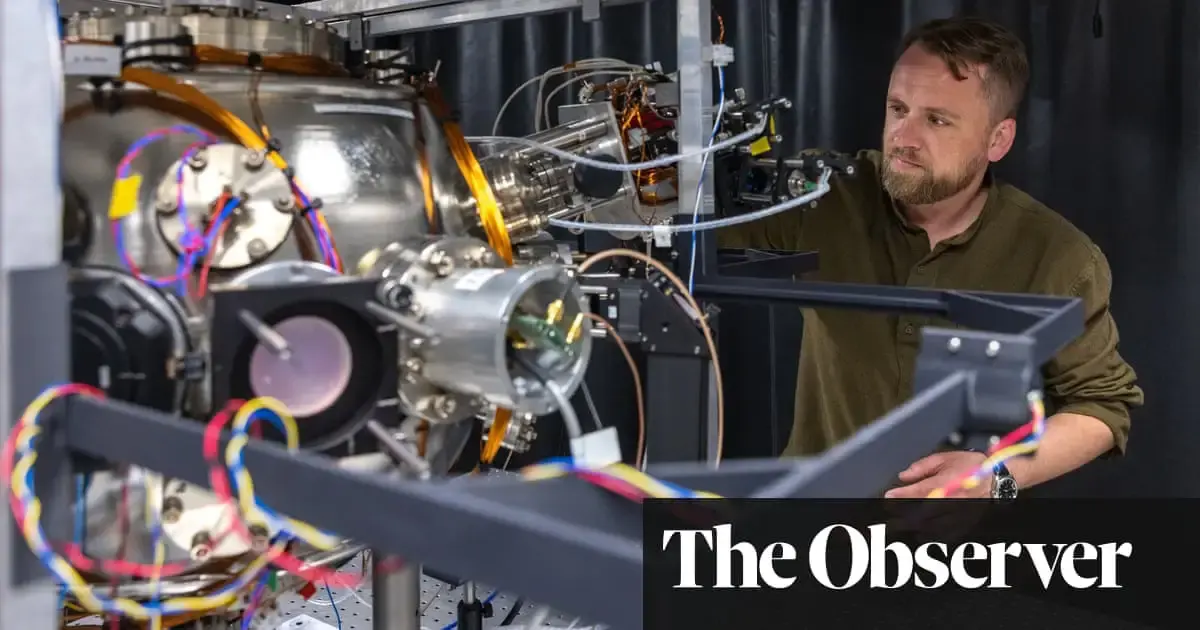I think the problem is of keeping the rubidium atoms at near zero. I wonder what the future will look like once they can shrink it down to the size of a handheld device.
This is great if it replaces GPS there will be less space junk.
Ah, they are talking about an inertial measuring unit. Basically, by measuring all acceleration you’ve experienced you can calculate your change in position. They can’t determine absolute position though, only relative, so this doesn’t so much replace GPS as assist it.
🤖 I’m a bot that provides automatic summaries for articles:
Click here to see the summary
They include a stainless steel vacuum chamber, a few billion atoms of rubidium and an array of lasers that are used to cool his equipment to a temperature just above absolute zero.
While not the average kit you would expect to find being dragged into carriages on the District Line, this is the gear that Cotter – who works at Imperial College London’s Centre for Cold Matter – uses on his underground travels.
But GNSS devices are vulnerable to bad weather and jamming, and do not work underwater or underground, and their signals are often blocked by tall buildings and other obstructions.
“Then you don’t have to worry about signals being lost or blocked by high-rise flats,” said Dr Aisha Kaushik, another member of the Imperial Centre for Cold Matter team.
In the devices – which have been carried on board London underground track-testing trains and not on commuter services – rubidium is inserted into the vacuum chamber that lies at the machine’s heart.
The system has been found to work well in a stable laboratory but needs to be tested in more extreme conditions if it is to be turned into a transportable, standalone device that can be used in remote or complex locations, added Cotter.
Saved 72% of original text.
Thanks bot, that was as clear as diarrhea
